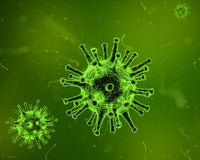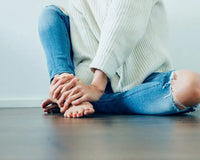Plaster varieties
We stock a wide range of plasters and bandages. There are three primary types of plaster used for first aid: washproof, fabric, and blue plasters.
Among the most common are washproof plasters which are typically pink in colour. As the name suggests, washproof plasters offer the benefit of being able to cope with moisture and wet conditions. They are a practical choice for hand injuries and anyone who is worried about their plaster slipping off while going for a swim or doing the washing up.
Fabric plasters offer a higher level of durability and breathability. While possessing good adhesive strength makes them ideal for use over long periods of time, they are not so well equipped in wet environments and won’t keep a wound dry.
Blue plasters have specific qualities designed for use by those working in food and catering environments. While their strength prevents cross-contamination between blood and food products, the vibrant colour of blue plasters ensures they are easy to spot should they slip from a wound into food handling and preparation areas. This ease of detection is further enforced by the presence of a thin metal strip within the plaster which enables food to be scanned remotely by metal detectors.
Other specialist adhesives include children’s plasters. Young children are prone to bumps and grazes, and the sight of blood and small injuries can be traumatic. The cheerful colours and character prints found on these plasters can go some way in helping make the ordeal a little less upsetting.
You’ll also find variants of plasters tailored to sensitive skin and blisters. The latter feel different to other plaster types due to the use of a gel padding that is designed to relieve pressure on a blister while defending it from irritation.
Plaster shapes
Plasters come in different sizes and shapes. While the standard shape of a long strip will suit most small wounds, you may need a more comfortable and convenient alternative for mobile areas of the body such as joints. Dressings can also be cut down to size with scissors if required.
At First Aid Warehouse, we stock all varieties of plaster in a range of different sizes, as well as mixed multipacks. We can also offer discounts for bulk and repeat orders. Contact us for further details.



